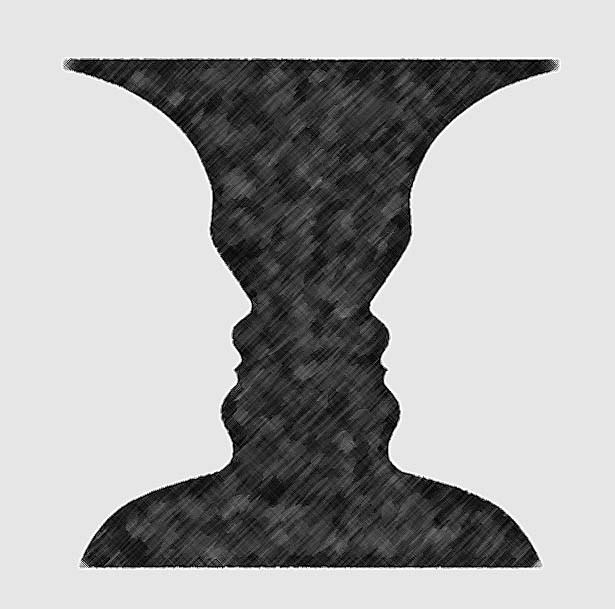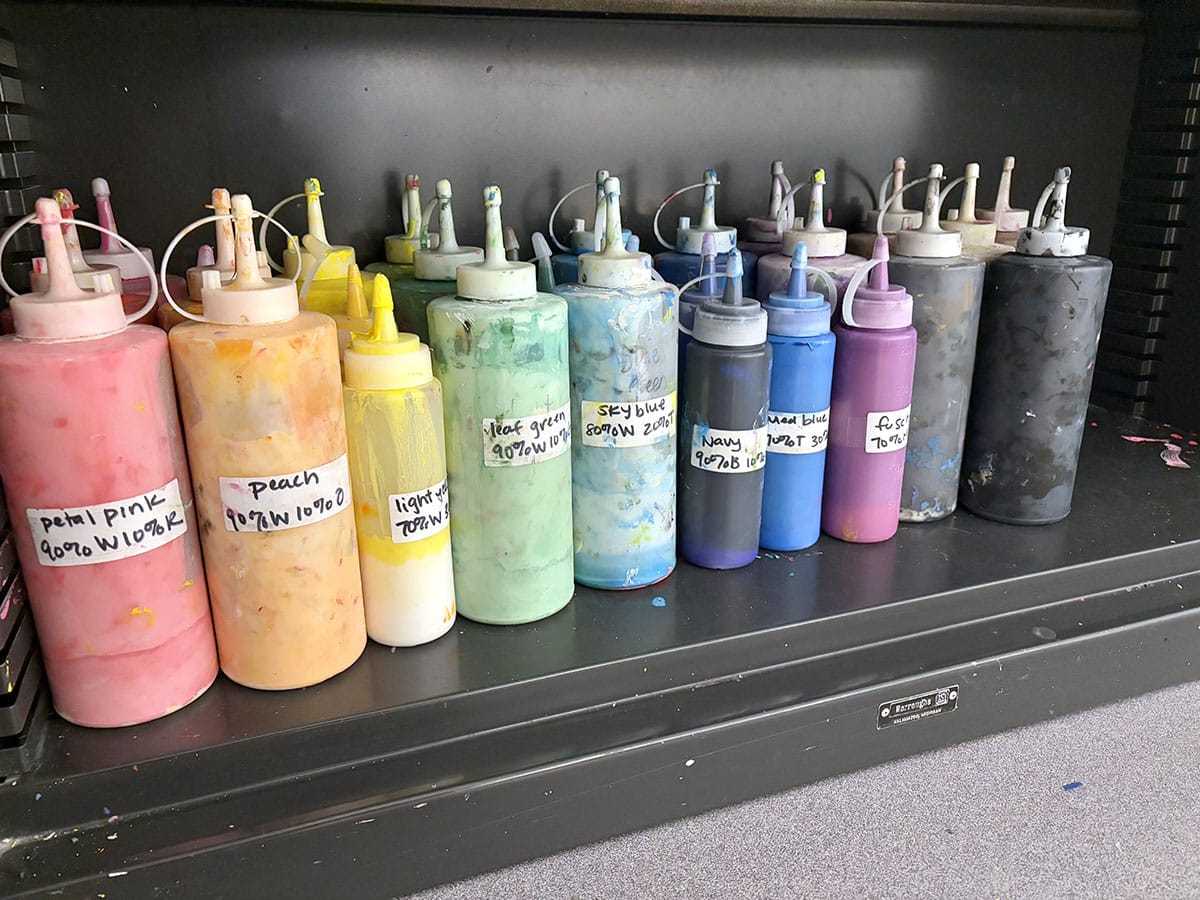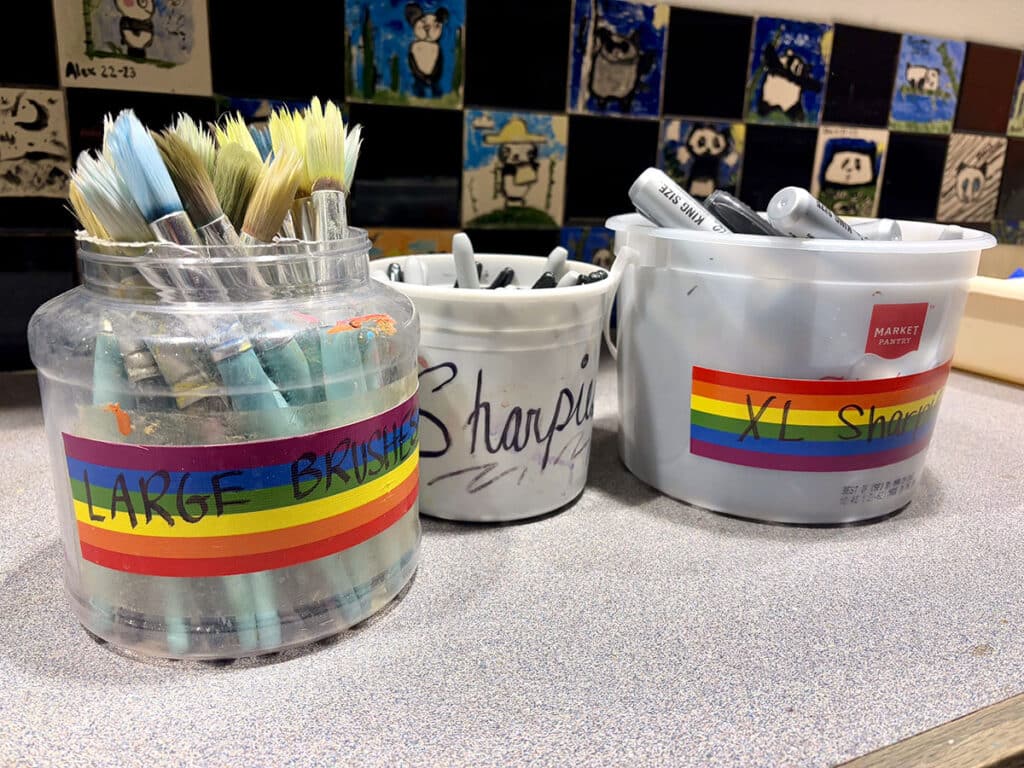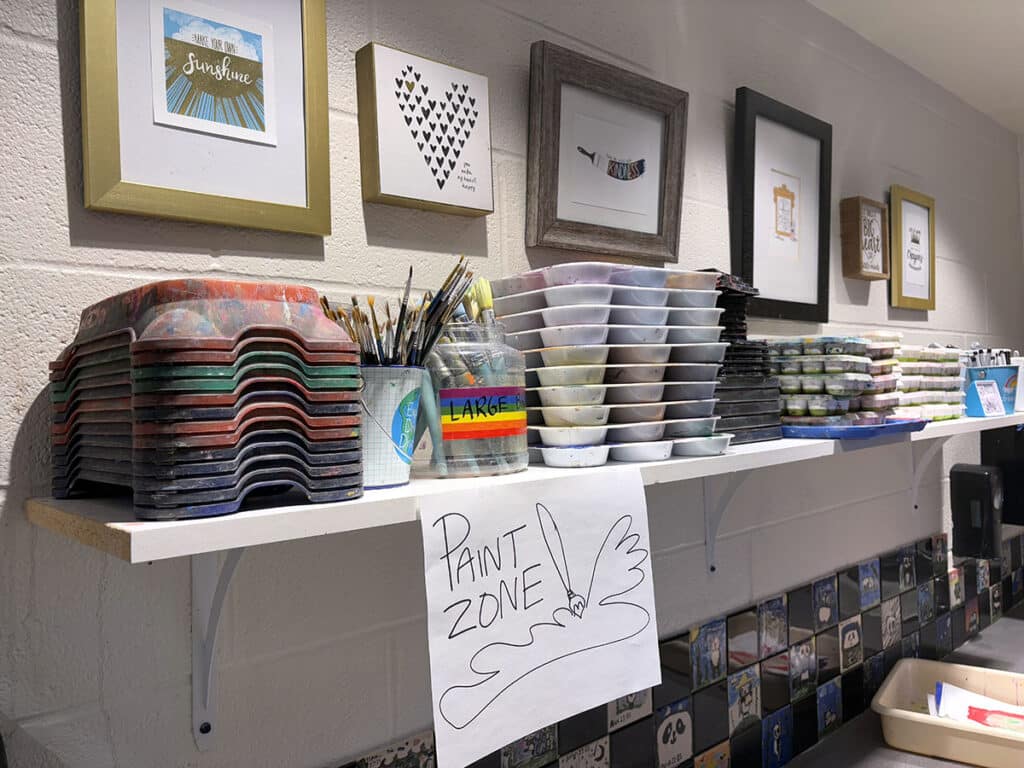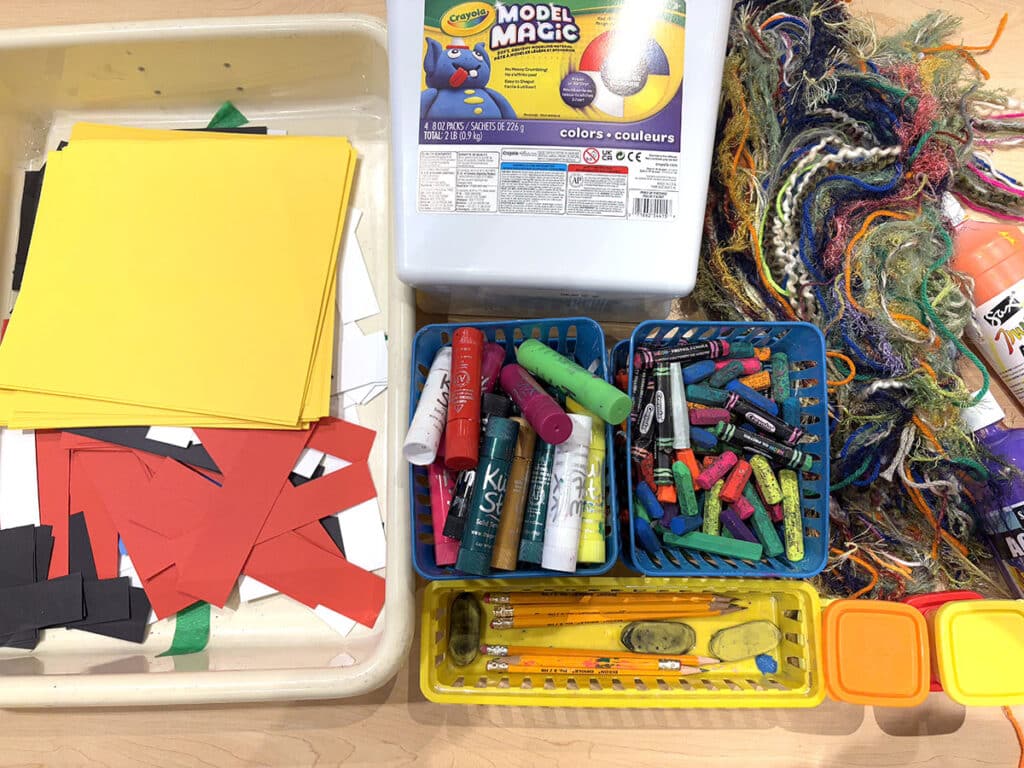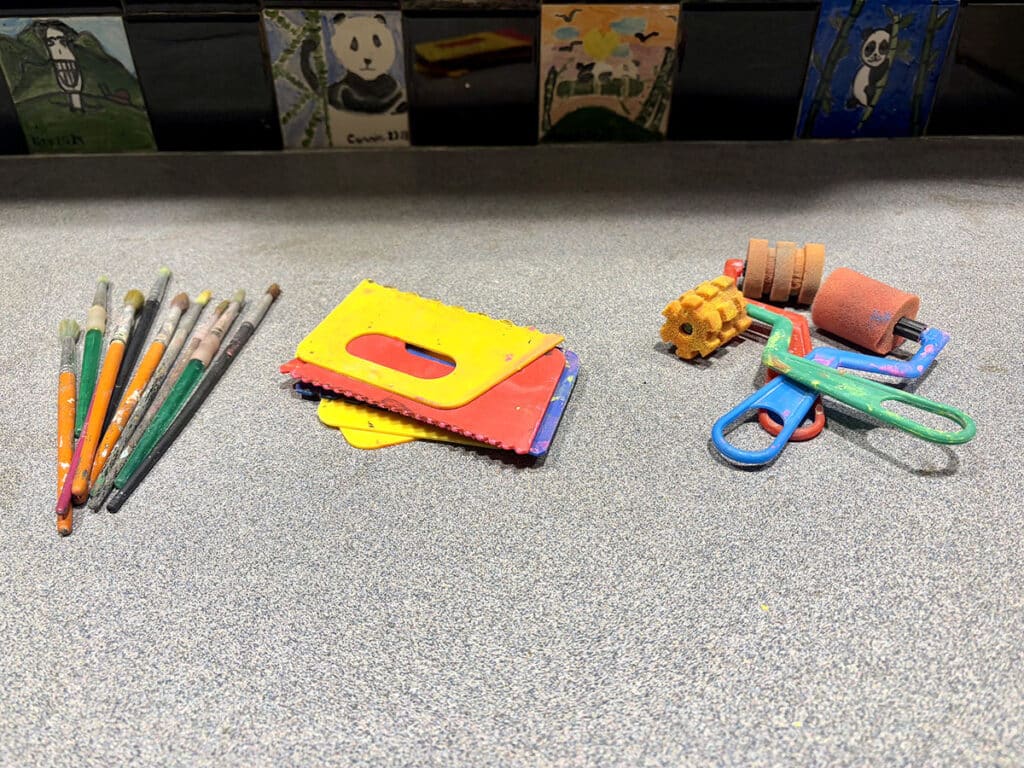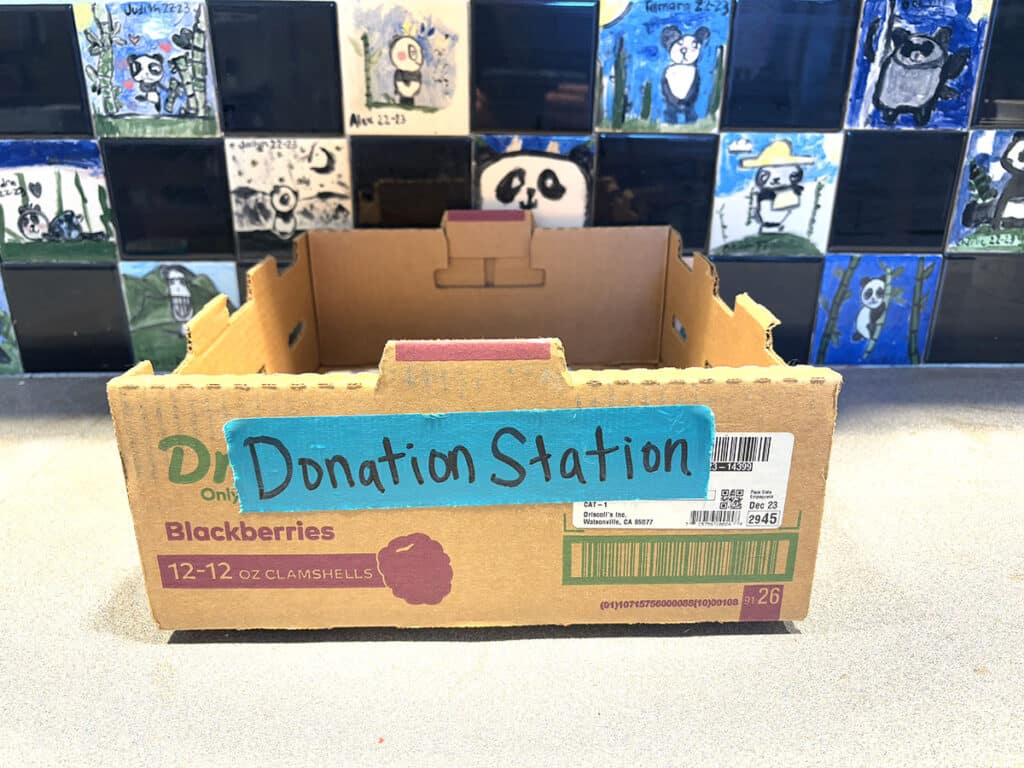To design beautiful compositions in painting and drawing, you need to understand the difference between negative and positive space in art. Every realist artist combines negative space into his drawing and painting to create visual balance and unity.
Definition
Positive space in art is the subject or object itself in art, such as a cat, cup, spoon, etc. Negative space is the empty space or background space that surrounds that object or subject.



Right: The space around the vase shows the negative space.

How to use negative space in your art
The negative space can be an effective tool to define your center of interest in art. Every subject in your painting and drawing has edges. These edges are affected by tones and colors placed right next to or around it. Hence, the negative space can bring visual balance and unity to your composition with a specific tone, shape or shadow.
One of the most common mistakes beginners make, they forget to include their background space into the equation, and ask me what to do with it much later when they are almost done shading the object itself. In my mind I compose the image before I begin drawing. I consider everything: composition, values, textures, and colors not only of the subject, but also of the negative space itself.
To use both negative and positive space in drawing effectively, consider picking your main focal point or a center of interest in art first. This focal point must be big enough, taking the majority of your space. Add the background elements around this focal point to lead the eye to it.


Negative space in art: examples





Tips for using negative space effectively
Here I’m going to give you three additional tips on how negative space can enhance your art. I often use all of these strategies designing my colored pencil drawings and paintings.
- You can create contrast in art using the negative space with purpose.
- You can measure and check distances between objects visually while sketching or drawing the shapes to create accurate art.
- You can improve your drawing accuracy or realism in your art by looking at the negative space.
- You can come up with a unique drawing design using the negative space as an illusion.
1. Create contrast using negative space in your art
As a beginner in art, it’s easy to start designing your images around the concept of contrast that occurs between the negative and positive space. If your still life is dark, set up the light background behind it. If the object/focal point is light, it would appear much brighter set against dark, negative space.

2. Measure and check distances
You can measure and check distances between objects visually while sketching or drawing the shapes. This is a very useful skill drawing all subjects, especially people. I often check distances between the eyes or between a hand and a waist, etc.
When students draw the object, they tend to focus on the curvy line itself. As a result, the shape might be too long or lopsided, or foreshortened the wrong way. Instead of focusing on the object’s curve itself, look at the space between those curves. Realist artists visually measure distances between the lines, shapes or objects by checking the negative spaces between them to make the most accurate drawings.
Additionally, using tools like VeePN for TV can help you access a variety of art tutorials and resources online, which can further enhance your drawing skills. Streaming art lessons on a big screen can provide a clearer and more immersive learning experience. This way, you can improve your technique by observing and practicing alongside professional artists.”
I made this illustration to show you the idea behind visual measuring of distances using negative space in art. Focus on these black lines (negative spaces) to see the accurate distances between the shapes. These distances help you measure, copy and draw accurate outlines of the subject (cat).

3. You can improve your drawing accuracy or realism in your art by copying abstract negative shapes.
By focusing on negative space you can become more skillful drawing realistic shapes. Negative shapes look abstract in our mind. Copy those abstract shapes with as much precision as possible to improve the overall accuracy of your drawing.

4. You can come up with a unique drawing design using the negative space as an illusion.




If you’d like to learn more about colored pencil drawing, check out free previews of my video courses here: https://veronica-winters-art-school.teachable.com/
